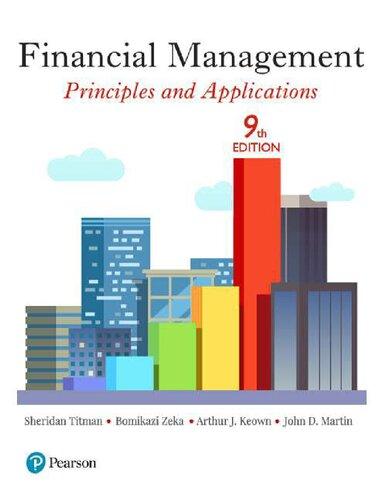You are asked to investigate the relationship between the selling prices of residential properties and the number of bedrooms using a sample of 500 properties in Glasgow. The dependent variable is the natural logarithm of price of the property i measured in thousands of pound sterling. The explanatory variable is rooms, which is the number of bedrooms in property i. The model you propose to estimate is given by the population regression equation: In(price) = Bo + B rooms + u The estimation output that you obtain is characterised by the following fitted regression line and the standard errors presented as: In(price) = 12 + 0.20 rooms R2 = 0.13 (1) (24.5)(0.020) Standard errors are in parentheses. (a) Interpret the population parameter B. What does the estimation result tell for the relationship between number of bedrooms and the price of the properties? [Maximum 100 Words] Suppose you start suspecting that the size of a property should also matter. Therefore, you include a new explanatory variable, size, which is the area of the apartment measured in square meters. The estimation output for the new model is as follows: In(price) = 11 + 0.16 rooms + 0.02size R2 = 0.19 (2) (22.5) (0.015) (0.005) Standard errors are in parentheses. (b) Based on the estimation outputs (1) and (2), what can we conclude for the relationship between the size of an apartment and the number of bedrooms? Discuss by using necessary formulas. [Maximum 200 words] You are asked to investigate the relationship between the selling prices of residential properties and the number of bedrooms using a sample of 500 properties in Glasgow. The dependent variable is the natural logarithm of price of the property i measured in thousands of pound sterling. The explanatory variable is rooms, which is the number of bedrooms in property i. The model you propose to estimate is given by the population regression equation: In(price) = Bo + B rooms + u The estimation output that you obtain is characterised by the following fitted regression line and the standard errors presented as: In(price) = 12 + 0.20 rooms R2 = 0.13 (1) (24.5)(0.020) Standard errors are in parentheses. (a) Interpret the population parameter B. What does the estimation result tell for the relationship between number of bedrooms and the price of the properties? [Maximum 100 Words] Suppose you start suspecting that the size of a property should also matter. Therefore, you include a new explanatory variable, size, which is the area of the apartment measured in square meters. The estimation output for the new model is as follows: In(price) = 11 + 0.16 rooms + 0.02size R2 = 0.19 (2) (22.5) (0.015) (0.005) Standard errors are in parentheses. (b) Based on the estimation outputs (1) and (2), what can we conclude for the relationship between the size of an apartment and the number of bedrooms? Discuss by using necessary formulas. [Maximum 200 words]







